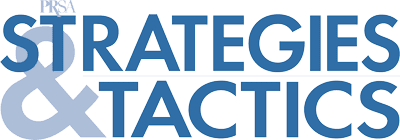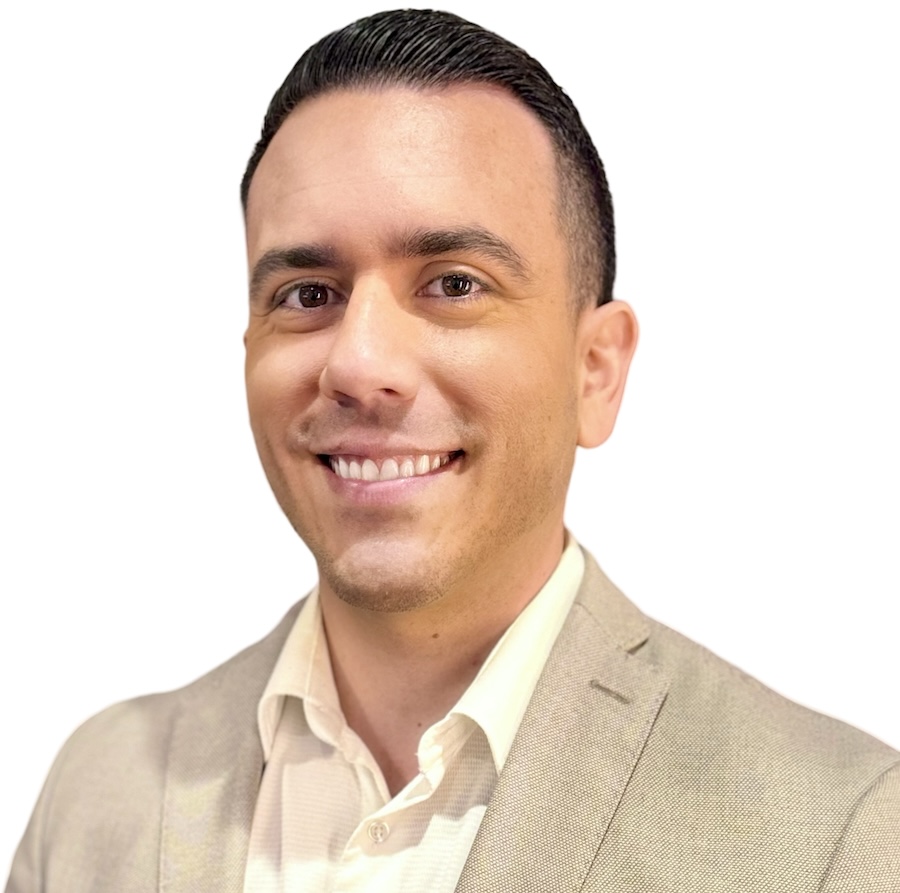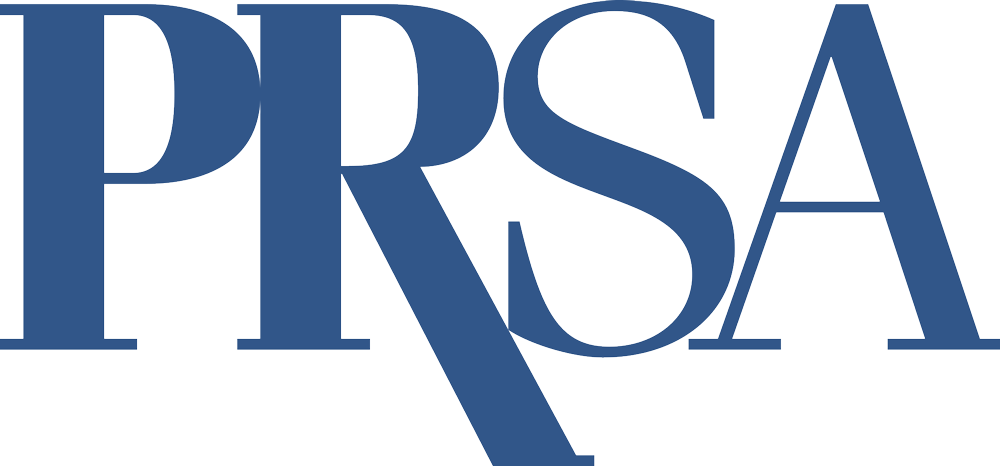Leading Globally at LinkedIn
By Melissa Vela-Williamson, M.A., APR, Fellow PRSA
April 2025
Leadership can be demonstrated from any position on an organizational chart. No professional has to wait until someone gives them a leadership title, and many PR practitioners must lead the way during critical communication moments.
Leading from a global platform requires a commitment to growth and an investment in relating to people in many ways.
Senior communications manager and career expert Francisco J. Tobón manages that worldwide perspective. The platform he leads from, LinkedIn, is my most valuable online career tool — a living Rolodex, messaging channel and search engine for professional connections.
Here, Tobón discusses leading with a global view on trust and trends.
Describe your work at LinkedIn.
I joined LinkedIn’s global trust communications team — part of the global corporate communications organization — in February 2021, where I help drive and support proactive and reactive communications strategies that tell the story of how LinkedIn keeps content on the platform safe, trusted and professional.
Through a combination of external channels, we drive our narrative on and off platform and primarily do this through the voices of our experts in product, trust and safety, content policy and engineering. My role is horizontal and allows me to navigate and collaborate with cross-functional teams, leaders and organizations across the world.
You focus on building and preserving trust with external audiences. What helps build trust?
At LinkedIn, we define trust as consistency over time. Trust is hard to earn, but also incredibly easy to lose. It takes a collective effort across all employees to build trust with our members and customers over time and embodies every single touchpoint that we all have individually or as a company. This also means staying consistent with our values, principles and actions.
Preserving trust in today’s environment seems especially important (and challenging). What helps preserve trust?
From a comms perspective, transparency and authenticity help us preserve trust. LinkedIn is the leading voice in all things work, so we strive to be proactive and communicate about topics our audiences care about most, with our focus on driving data insights, expert perspectives and knowledge — information that helps our members connect to opportunity or advance in their professional journey.
Does your PR viewpoint change, given your global communications perspective?
The more I work across global regions, the better I understand the concept that I learned at Florida International University: “Think globally, act locally.”
I’m fortunate to have colleagues in each region that I partner with and that help guide and inform the best way to move forward with each communications plan or initiative — including discussions on specific local nuances that can include tone and style, media engagement approach, regional regulations and geopolitical considerations.
You’re also LinkedIn’s Spanish-language career expert spokesperson. What insights can you share about how U.S. Hispanics and Latinos engage on LinkedIn?
U.S. Latinos are primed to make up an astonishing 78% of the net new workers by 2030, with young Latinos shaping the future of work. The economic impact of Latinos is staggering (the U.S. Latino GDP reached over $3.6 trillion), making it the fifth-largest economy in the world.
With this, we’re seeing an incredible amount of talented Latino workers with a diverse set of experiences and perspectives who are entering the workforce.
How is LinkedIn engaging this unique and growing audience? Are there any cultural differences we can learn from?
We’re focused on meeting all Latinos where they are, which includes engaging them in both languages. This can include tapping into older audiences in Spanish via media interviews on Telemundo and Univision, or reaching them through English-dominant media in predominantly Hispanic cities such as Miami, New York, Los Angeles, Houston, Chicago, etc.
With our work, we hope to empower Latinos to confidently navigate their careers and overcome historical barriers, focusing on mentorship, career and professional development, and upward mobility.
Most important, it is our goal to keep them abreast of new trends and to help them leverage cultural and linguistic competencies, so that they are prepared for the ever-evolving work landscape and can remain as competitive as possible.



